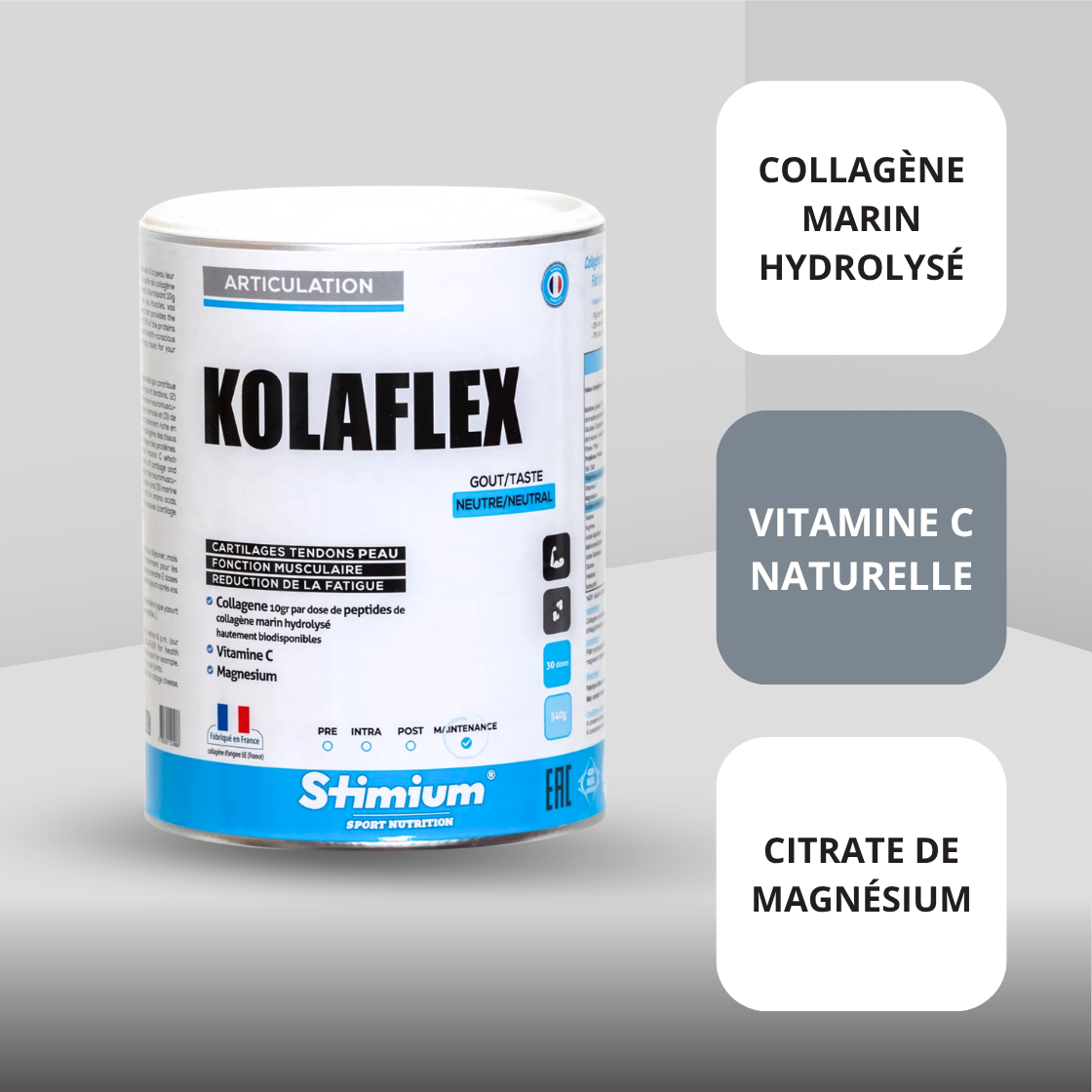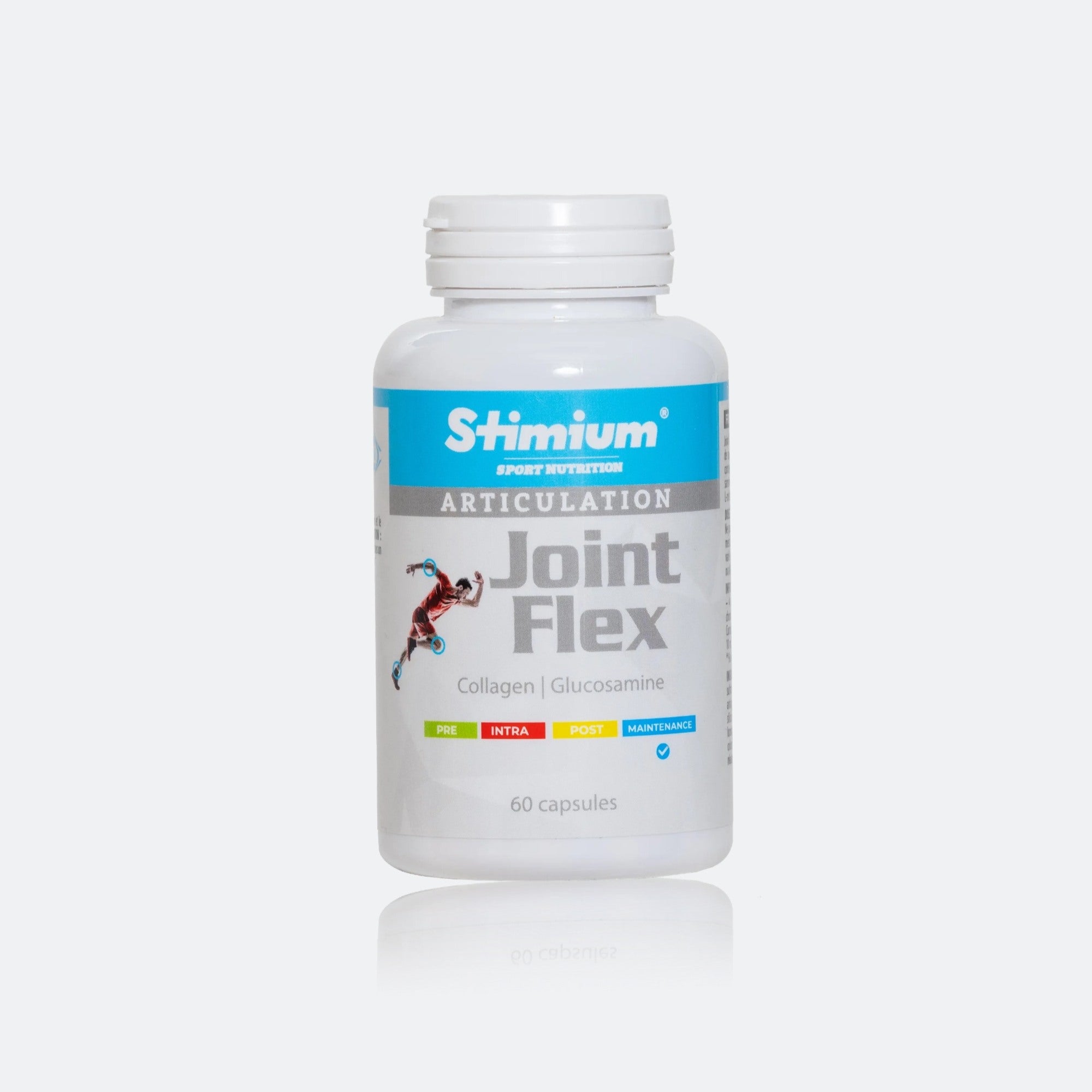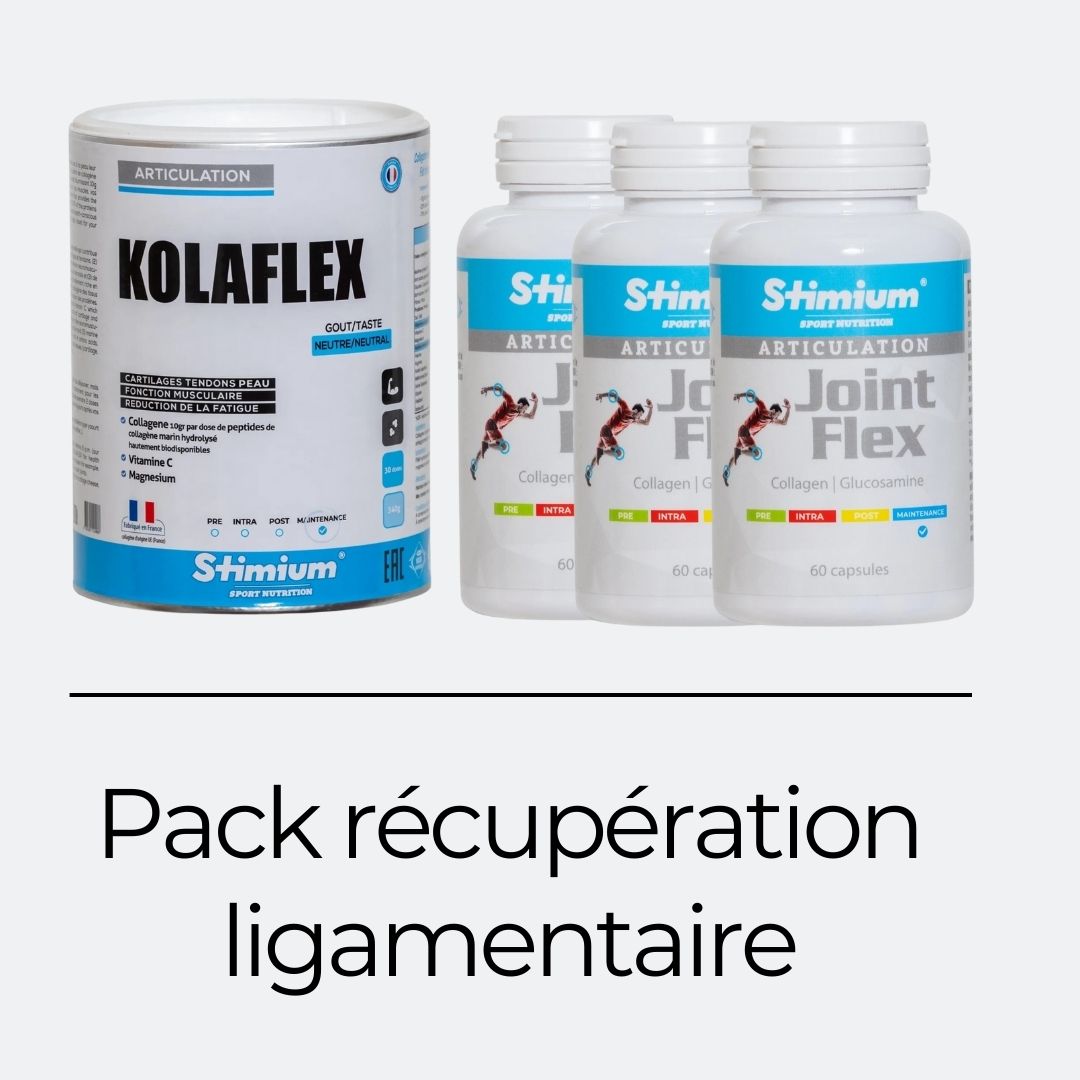Collagen + Vitamin C + Magnesium for Joints and Skin – Neutral Flavor – 340g (30 Servings) – Kolaflex
loading
Regular price
€39,00
Stimium Joint Flex (set of 3): 3-month treatment for joint care
loading
Sale price
€48,17
Regular price
€68,82






